
Supercharge your lead generation with a FREE Google Ads audit - no strings attached! See how you can generate more and higher quality leads
Get My Free Google Ads AuditFree consultation

No commitment
Supercharge your lead generation with a FREE Google Ads audit - no strings attached! See how you can generate more and higher quality leads
Get My Free Google Ads AuditFree consultation

No commitment
In today's multifaceted advertising landscape, leveraging Google Ads for TV Advertising can be a game-changer for businesses seeking enhanced reach and engagement with targeted audiences. While traditional TV advertising builds broad brand awareness, Google Ads allows for precise targeting and measurable ROI on platforms like YouTube TV and Google TV. This unified approach can seamlessly blend online and offline efforts, bridging gaps between direct consumer interactions and data-driven digital campaigns.
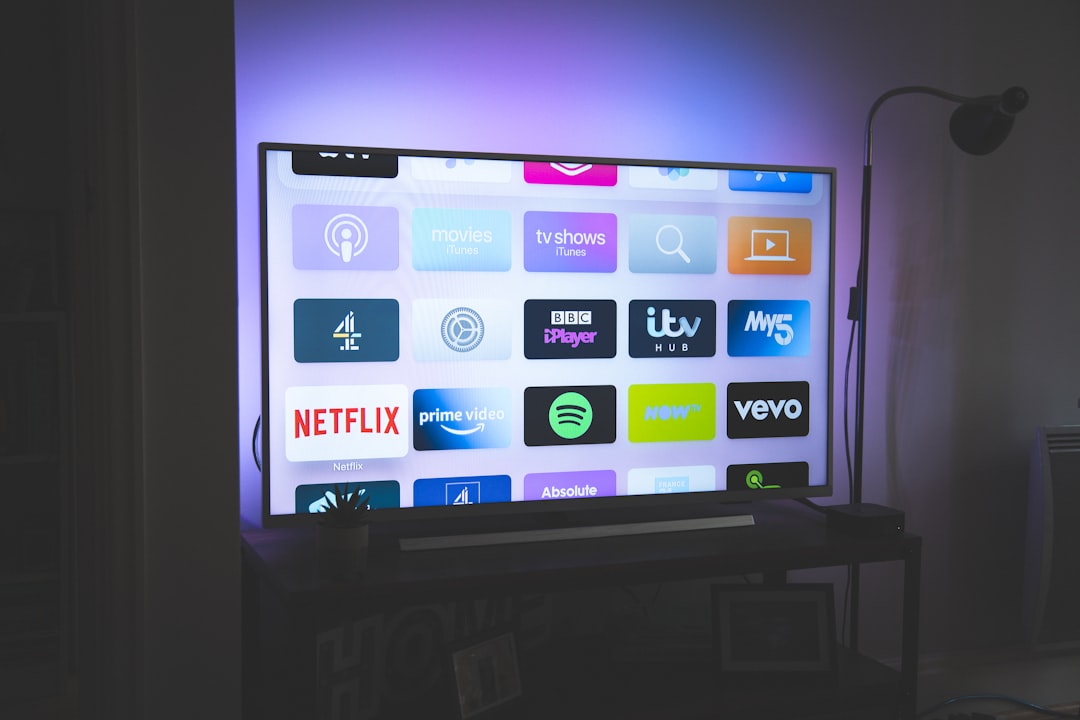
B2B marketing teams looking to maximize the effectiveness of Google Ads for TV advertising must adopt a methodical, data-driven approach. Precision comes from unifying intent signals, audience data, and campaign analytics, ensuring every advertising dollar is allocated toward high-value targets. Integrating digital and TV channels unlocks new opportunities for personalized engagement, driving measurable outcomes in brand awareness and lead generation.
Incorporating CRM account enrichment and predictive buying stages into the Google Ads campaign for TV ensures that every touchpoint is actionable and measurable. This unified approach empowers revenue teams to deploy more effective TV advertising strategies, capturing high-intent leads and maximizing marketing investment across the digital ecosystem. Ready to see results? Get started for free with Sona.
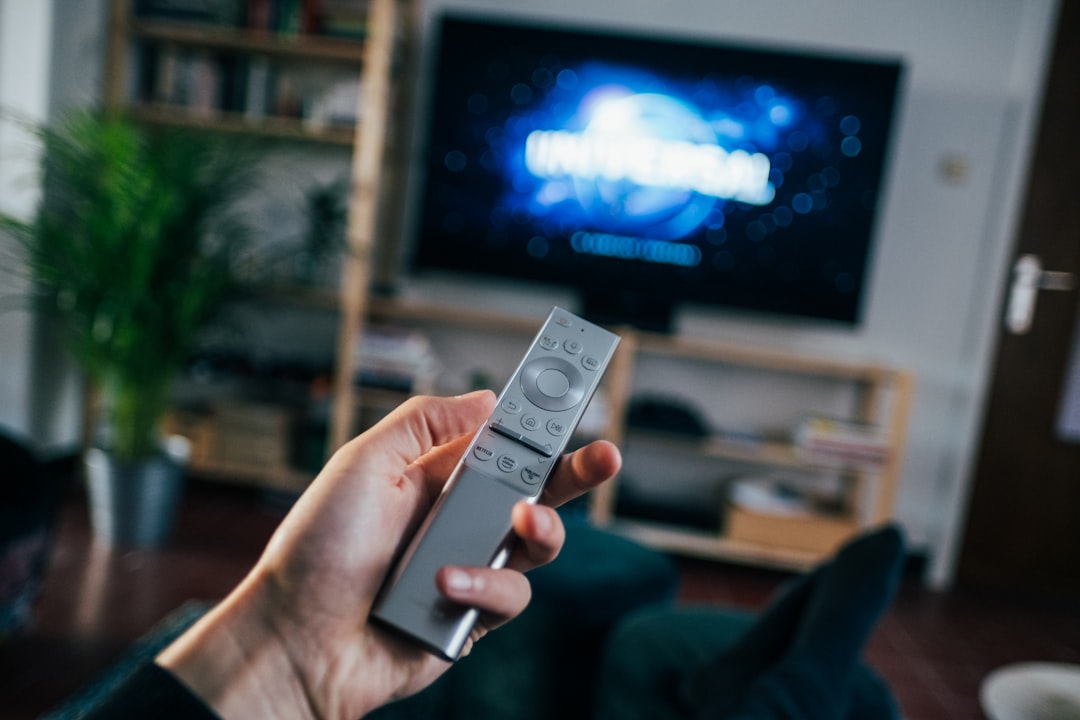
Modern TV advertising demands adaptability, precision, and full-funnel insight. Google Ads empowers revenue teams to move beyond broad, generic TV spots and instead reach defined audiences based on behavioral signals and demographic criteria. This shift allows brands to deliver relevant online video ads directly onto connected TVs, optimizing engagement and reducing wasted ad spend. For a step-by-step walkthrough on expanding your connected TV reach, see this guide to integrating Google TV ads into YouTube campaigns.
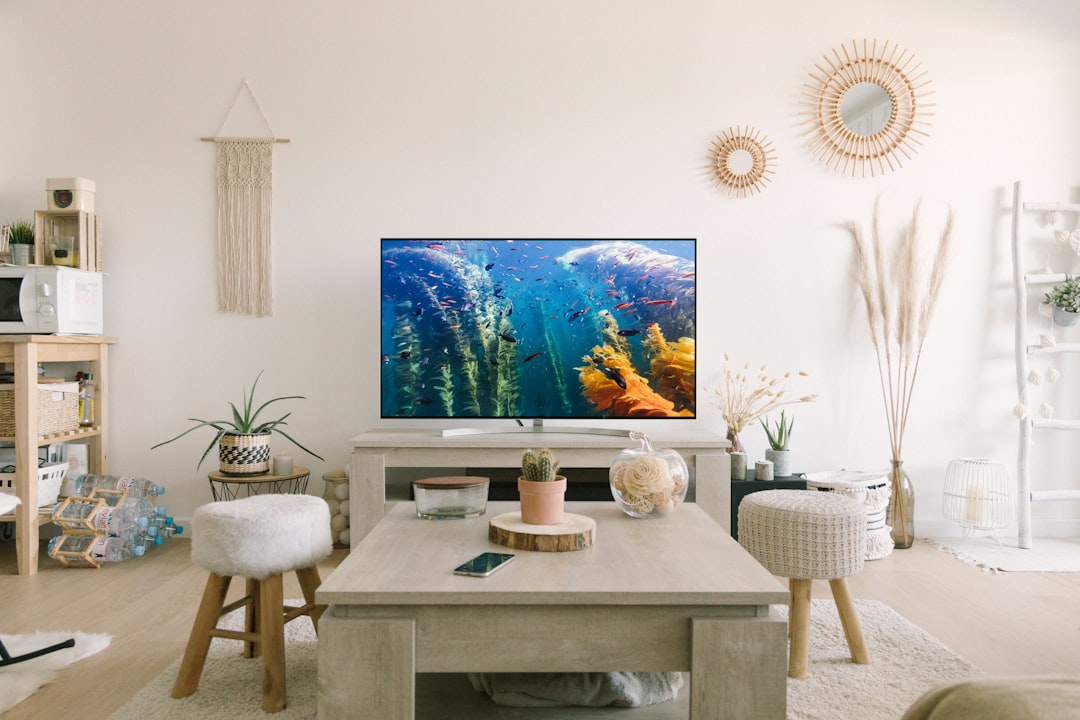
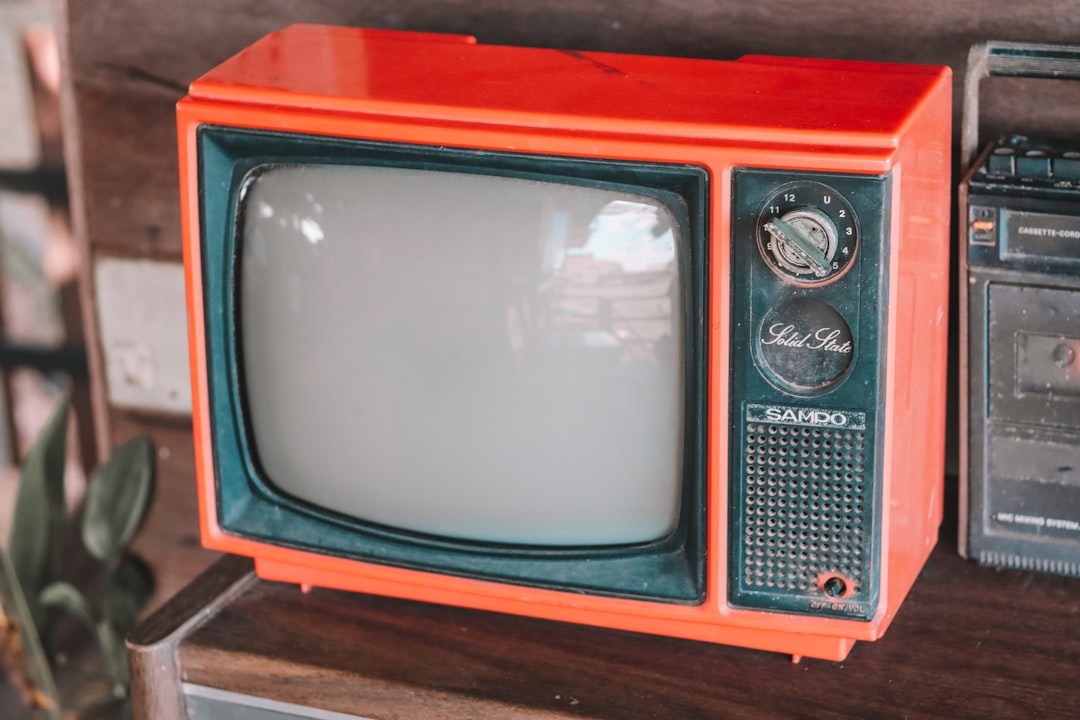
Growth in TV advertising today requires pinpointing channels and audiences that traditional approaches overlook. The most successful B2B revenue teams now move beyond broad demographic targeting, seeking data-driven signals that reveal where their message can create the greatest impact. For more on innovative marketing strategies, explore the Sona blog.

Effective TV advertising starts with audience segmentation that aligns with real viewing behaviors and business objectives. Leveraging Google Ads for TV advertising, marketers can define precise segments by combining advanced firmographic filters with deep behavioral insights, ensuring each campaign reaches the most relevant viewers at scale. For a practical walkthrough on integrating Google TV ads into YouTube campaigns and expanding connected TV reach, see this step-by-step guide.
Defining segments involves more than identifying surface-level interests. Sophisticated segmentation integrates CRM data and visitor identification, distinguishing individual companies and decision-makers within the broader audience. For more strategies on aligning segmentation with B2B objectives, explore our account-based marketing guide.
Overlaying intent signals further sharpens audience targeting. By monitoring real-time engagement and previous TV ad exposures, marketers can dynamically adjust segment membership as users progress in the buying journey. Platforms like Sona enable marketers to track and act on custom behavioral triggers, while official Google Ads resources detail creating and managing connected TV ad campaigns.
Ad group customization is essential for personalization at scale. For each audience segment, marketers can tailor creative assets, messaging, and calls to action, matching content to the buyer’s stage and professional context. Discover more ways to personalize outreach at scale with AI-powered tools to boost engagement and authority with decision-makers.
Robust conversion tracking closes the loop, connecting initial TV ad engagement to final outcomes, whether online demo requests, sales meetings, or offline purchases. By integrating CRM and attribution with Sona, marketers can follow the complete buyer journey from TV impression to revenue. For those ready to take the next step, get started for free with Sona and drive measurable business impact from every dollar invested in TV advertising.
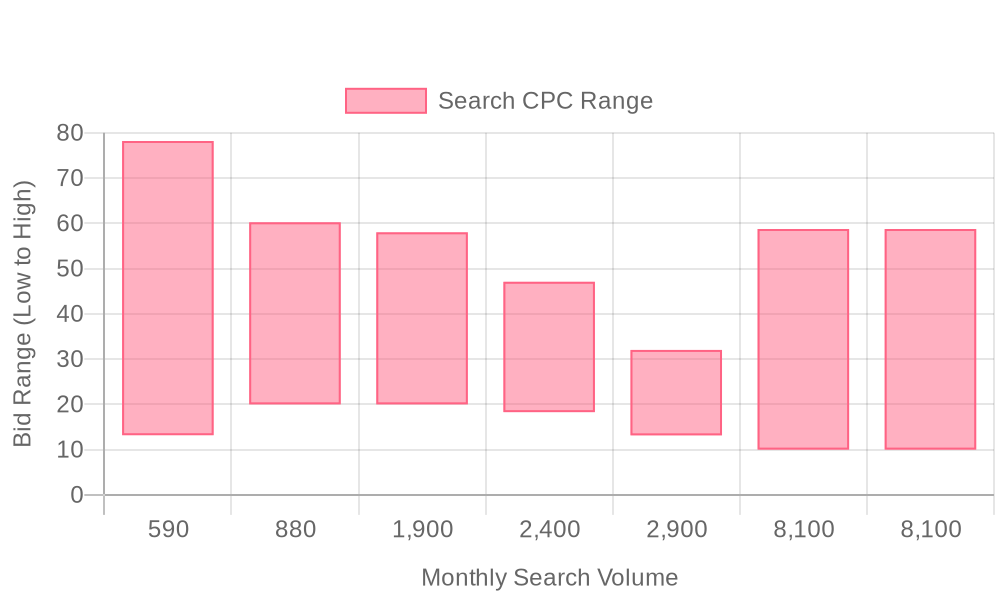
| Industry | Keyword | Monthly Search Volume | Competition Level | Low Bid | High Bid |
| TV Advertising | local tv advertising | 590 | LOW | 13.19 | 78.19 |
| TV Advertising | connected tv advertising | 880 | MEDIUM | 20 | 60.22 |
| TV Advertising | ott advertising | 1900 | MEDIUM | 20 | 58.01 |
| TV Advertising | ctv advertising | 2400 | MEDIUM | 18.29 | 47.08 |
| TV Advertising | connected tv | 2900 | MEDIUM | 13.16 | 32.02 |
| TV Advertising | tv advertising | 8100 | LOW | 10 | 58.74 |
| TV Advertising | tv ads | 8100 | LOW | 10 | 58.74 |
Effective keyword strategy in TV advertising hinges on aligning campaign terms with the evolving ways audiences consume digital and streaming content. By integrating target terms such as "google tv advertising," "youtube tv ads," and "google ads for video," marketers can ensure their campaigns are discoverable where viewers actively engage with online video ads on connected devices. This approach drives relevance, improves Quality Scores, and positions ads in front of high-intent audiences at the moments that matter most. For a deeper dive on connected TV ad options, see this news overview of Google’s new connected TV ad placements.
Keeping keyword lists dynamic is essential. Revenue teams benefit from using real-time intent signals to refine keyword groups based on live search behavior and content interaction. For example, incorporating terms like "tv advertising strategies," "targeted advertising," or "ad placement on TV" enables campaigns to surface for both broad reach and precise intent. These adjustments are most powerful when marketers can access Sona Identification, allowing for higher bid allocation to accounts with demonstrated buying signals.
A robust keyword strategy should also account for cost-efficiency and ROI. Tracking the "cost of google tv ads" or related queries helps teams anticipate budget requirements and shape messaging for value-driven buyers. When campaign data flows seamlessly into a unified platform, enriched with CRM and offline conversion activity, teams can quickly identify which keywords drive bottom-line performance and update their bidding logic accordingly. This ongoing optimization ensures digital advertising efforts remain tightly aligned with sales objectives, maximizing every opportunity in the evolving world of online video ads. Ready to optimize your campaigns? Get started for free with Sona.
Effective TV advertising strategies using Google Ads for TV Advertising start with intentional keyword research. Segmenting keyword lists by audience demographics and content relevance ensures each ad is delivered to viewers most likely to engage with your offer. Regularly updating these lists with precise audience intelligence keeps campaigns responsive to shifting viewer habits, resulting in more efficient spend and higher quality leads.
Negative keyword management is critical to filter out irrelevant placements and avoid wasted impressions on non-converting viewers. By leveraging unified go-to-market data, marketers can identify which keywords attract high-value accounts versus casual browsers. For a step-by-step guide to integrating Google TV ads for expanded reach, see this resource.
Ad copy must quickly articulate an industry-specific value proposition, especially in the high-attention environment of Google TV advertising. Strong, clear messaging resonates best when combined with tailored ad extensions such as sitelinks or callouts, which add depth and credibility. For more guidance on building trust and maximizing the impact of every impression, refer to this actionable playbook.
Modern campaign execution benefits from real-time data integration, allowing revenue teams to adapt messaging as in-market behaviors change. By unifying CRM and ad platform data, marketers can adjust creative to address current pain points or interests of identified accounts. Discover how to maximize campaign outcomes with Google’s official help article.
Landing pages aligned tightly with ad creative maintain user focus and support seamless conversion paths. For TV and video campaigns, ensuring mobile responsiveness is essential, as viewers may shift from connected TVs to mobile devices for next steps. Consistent messaging across touchpoints ensures no disconnect between ad promise and landing experience, reducing bounce rates and boosting conversion potential.
Data-driven optimization of landing pages involves tracking both online interactions and offline outcomes, such as in-store visits or sales calls. By connecting these conversion signals back to the original Google Ads campaign for TV, teams can pinpoint which creative and placements yield the best ROI. For a comparison of top OTT advertising platforms to optimize your approach, explore this review.
Continuous optimization is crucial in digital advertising, particularly with the dynamic nature of Google Ads for video and YouTube TV ads. Real-world analytics reveal which placements, audiences, and creative formats generate the highest engagement and conversion rates. Marketers can shift spend toward high-performing segments, increasing campaign efficiency without guesswork.
Dynamic audiences that update automatically as leads move through the funnel make retargeting and lookalike strategies more precise. When enriched audience data is synced between ad platforms and CRMs, marketers can trigger highly relevant ads at the perfect moment. Stay updated on the latest connected TV ad placement options with this news overview.
Expanding your TV advertising footprint requires more than higher spend or broader reach. The most effective revenue teams leverage intent signals, dynamic audience building, and integrated data to focus messaging on the segments most likely to convert.
Harnessing the potential of Google Ads for TV Advertising provides a comprehensive solution to amplify your brand’s reach and effectiveness. By strategically targeting the right audiences, continuously optimizing creative and spend, and integrating campaigns across digital and traditional channels, your advertising initiatives become more agile and performance-minded. Using tools that ensure data integrity and synchronize intent signals across platforms, your campaigns retain the dynamism needed to outperform in the evolving TV and digital advertising landscape. To see the impact firsthand, get started for free with Sona.
Leveraging Google Ads for television advertising, including platforms like YouTube TV and Google TV, can significantly enhance your marketing strategy by reaching a broader and more targeted audience. This approach seamlessly integrates digital advertising's precision and scalability with the expansive reach of TV, offering businesses a powerful tool to amplify their brand presence.
Throughout this article, we've explored the challenges of traditional TV advertising, such as cost and limited targeting, and highlighted how Google Ads can address these issues. By utilizing Google's vast data resources, businesses can create highly targeted campaigns that reach the right audience at the right time, optimizing both reach and return on investment. We also discussed strategic insights on how to effectively implement these ads to maximize impact.
Imagine transforming your advertising efforts by combining the best of digital and TV advertising. With the right tools and strategies, you can achieve a level of engagement and reach that was once thought impossible. Empowering your brand with this knowledge will not only enhance your marketing efforts but also open up new avenues for growth and success.
Ready to experience the benefits of integrating Google Ads with TV advertising? Start for free and see how our platform can elevate your marketing strategy, providing you with the insights and capabilities to make data-driven decisions for your business's future.
Google Ads can be used for TV advertising by leveraging precise targeting and measurable ROI on platforms like YouTube TV and Google TV, allowing businesses to blend online and offline efforts for enhanced reach and engagement.
Advertising on Google TV offers advanced targeting, real-time adjustments, cost-effectiveness, and integrated analytics, enabling businesses to reach defined audiences based on behavioral signals and demographic criteria.
The cost of running ads on YouTube TV can be optimized by using granular audience segmentation and avoiding wasted impressions, which reduces the cost by targeting audiences with proven intent.
Google Ads work for television advertising by allowing precise targeting, integration of digital and TV channels, real-time adjustments, and detailed analytics to measure ROI and optimize campaigns for better engagement.
On Google TV, you can run video campaigns, display ads, search campaigns, and remarketing ads, each tailored to engage audiences across different platforms and stages of the buyer journey.
Join results-focused teams combining Sona Platform automation with advanced Google Ads strategies to scale lead generation

Connect your existing CRM

Free Account Enrichment

No setup fees
No commitment required

Free consultation

Get a custom Google Ads roadmap for your business
Join results-focused teams using Sona Platform automation to activate unified sales and marketing data, maximize ROI on marketing investments, and drive measurable growth

Connect your existing CRM

Free Account Enrichment

No setup fees
No commitment required

Free consultation

Get a custom Google Ads roadmap for your business
Over 500+ auto detailing businesses trust our platform to grow their revenue
Join results-focused teams using Sona Platform automation to activate unified sales and marketing data, maximize ROI on marketing investments, and drive measurable growth

Connect your existing CRM

Free Account Enrichment

No setup fees
No commitment required

Free consultation

Get a custom Google Ads roadmap for your business
Over 500+ auto detailing businesses trust our platform to grow their revenue
Join results-focused teams using Sona Platform automation to activate unified sales and marketing data, maximize ROI on marketing investments, and drive measurable growth

Connect your existing CRM

Free Account Enrichment

No setup fees
No commitment required

Free consultation

Get a custom Google Ads roadmap for your business
Over 500+ auto detailing businesses trust our platform to grow their revenue
Join results-focused teams using Sona Platform automation to activate unified sales and marketing data, maximize ROI on marketing investments, and drive measurable growth

Connect your existing CRM

Free Account Enrichment

No setup fees
No commitment required

Free consultation

Get a custom Google Ads roadmap for your business
Over 500+ auto detailing businesses trust our platform to grow their revenue
Our team of experts can implement your Google Ads campaigns, then show you how Sona helps you manage exceptional campaign performance and sales.
Schedule your FREE 15-minute strategy sessionOur team of experts can help improve your demand generation strategy, and can show you how advanced attribution and data activation can help you realize more opportunities and improve sales performance.
Schedule your FREE 30-minute strategy sessionOur team of experts can help improve your demand generation strategy, and can show you how advanced attribution and data activation can help you realize more opportunities and improve sales performance.
Schedule your FREE 30-minute strategy sessionOur team of experts can help improve your demand generation strategy, and can show you how advanced attribution and data activation can help you realize more opportunities and improve sales performance.
Schedule your FREE 30-minute strategy sessionOur team of experts can help improve your demand generation strategy, and can show you how advanced attribution and data activation can help you realize more opportunities and improve sales performance.
Schedule your FREE 30-minute strategy session





Launch campaigns that generate qualified leads in 30 days or less.
